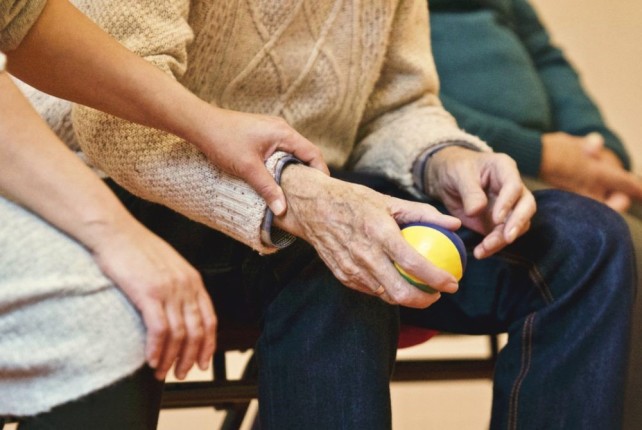-
How to Value Unpaid Care Work: The $10 Trillion Question
October 11, 2018 By Anna Louie Sussman
In Judy Brady’s iconic essay, “I Want a Wife,” the feminist activist enumerates the dozens of practical and emotional tasks wives perform as a matter of duty. At the end, she asks: “My God, who wouldn’t want a wife?”
Wives, mothers, sisters, daughters — women do an estimated 75 percent of the unpaid work in the world, according to McKinsey. Feminist economists have long advocated for the inclusion of this work in national accounting statistics. Household labor in general, though, is considered beyond the “production boundary” of goods and services that account for GDP estimates. Yet, McKinsey believes, unpaid care work performed by women accounts for the equivalent of 13 percent of global GDP.
The ground is starting to shift, as aging populations, plummeting birth rates, and stalled or declining female labor force participation have forced societies to examine the care burden that falls overwhelmingly on women. Japan, Hawaii and, at the international level, the UN, are all experimenting with ways to better value unpaid work, or alleviate the burden of it.
But how should governments approach the problem?
Diane Elson, former chair of the United Kingdom’s Women’s Budget Group (WBG), a network of researchers and advocates, has advocated a three-pronged strategy.
For Elson, the goals are: “recognize, reduce, redistribute”. Recognize the care by measuring it. Reduce the burden by investing in physical and social infrastructure that eases individual care and domestic work. Redistribute the work through policies, such as shared parental leave, that encourage men to take on care work at the same rate as women.
Estimating Care: Methodologies and Challenges
Government economists in Sweden and the United States took a stab at estimating unpaid household work nearly a century ago, using the fairly crude methodology of multiplying the number of rural and urban households by the annual cost of employing a domestic servant.
Until the Second World War, Denmark, Sweden, and Norway included household production when estimating national income, but stopped once the United Nation’s guidelines for national accounts were standardized. These did not include extensive accounting of household or non-market work.
Since then, feminist economists and others have advocated for deploying “time-use surveys” to give a fuller picture of the economy. These surveys usually ask participants to keep a diary of all of their activities over a period of time. In some cases they consist of a detailed questionnaire. According to Elson, at least 85 countries across all regions of the world have conducted time-use surveys in the past half-century.
The surveys have their shortcomings. Susan Himmelweit, Emeritus Professor of Economics at The Open University and coordinator of the WBG’s Policy Advisory Group, notes that time-use surveys can undercount the amount of time that women, especially, spend on childcare. Women often supervise children while doing other activities, such as cleaning or cooking. But Himmelweit has observed that people will report only one of those simultaneous activities.
“Care might be more important not so much for the amount of time and energy it takes, but from what it prevents you doing, and that is something that’s not always captured by the idea of the ‘value of care’,” Himmelweit said.
Continue reading the full article on Apolitical.
Read More:
- The Costs of Caring: Balancing the Burden of Caregiving for Women and Men
- The Burden of Care: The Impact of Progressive Policies
- This Indian Women’s Union Invented a Flexible Childcare Model
Anna Louie Sussman is a writer and editor based in New York, with extensive experience reporting on gender, economics, and arts and culture.
Sources: Judy Brady’s “I Want a Wife,” CUNY School of Labor and Urban Studies, McKinsey & Company
Photo courtesy of Apolitical. All rights reserved.
The Wilson Center is partnering with Apolitical, a global network of government professionals, to share stories—like this one by Anna Louie Sussman—about the value of unpaid care work and avenues for investing in caregiving to create healthier, happier societies. This care economy spotlight highlights scholarly analysis, case studies, and Q&A’s with experts and policy makers around the world to understand how strategic investments in care work could revive struggling economies, redistribute the burden of care among men and women, and could lead to innovative ways to value caregiving for its social, emotional, and economic implications.
Topics: aging, caregiving, development, Dot-Mom, economics, featured, global health, Guest Contributor
 A Publication of the Stimson Center.
A Publication of the Stimson Center.



